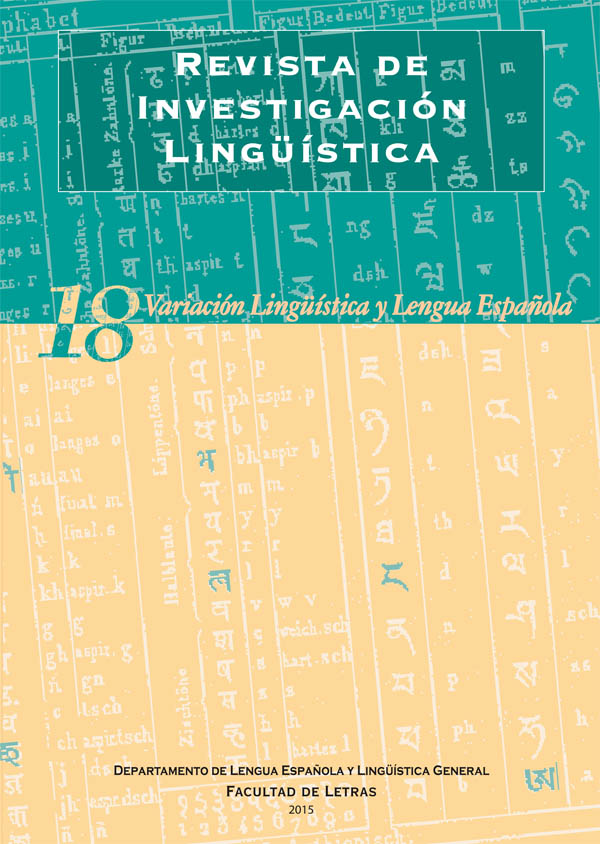Lengua escrita y atención al cliente
Resumen
En un mercado cada vez más exigente, el uso lingüístico en los departamentos de atención al cliente (DAC) suele ser un factor determinante para lograr la satisfacción del consumidor. Sin embargo, aunque el sector empresarial ha desarrollado pautas y cursos para estos departamentos en lo que concierne a la comunicación oral, la lengua escrita ha estado más desatendida. El objeto de estudio de este trabajo es la comunicación escrita que emplean los DAC cuando responden a las quejas, sugerencias y reclamaciones de los clientes, con el objetivo de identificar los efectos que pueden tener las elecciones lingüísticas en la fidelización de la clientela. En este trabajo se analizan 19 mensajes emitidos por los DAC de las empresas más relevantes en el panorama empresarial gallego. A tal efecto, se contemplan los siguientes aspectos lingüísticos: estructura, ortografía y ortotipografía, puntuación, gramática, léxico, coherencia, cohesión, sexismo lingüístico y tratamientos de cortesía. Los resultados muestran que en los mensajes escritos se detectan problemas lingüísticos que podrían causar la insatisfacción del cliente. Con la aplicación de ciertas pautas como la creación de manuales de estilo o la contratación de personal con formación lingüística estos errores se pueden minimizar y contribuir así mejorar la imagen que da la empresa al consumidor.
Descargas
-
Resumen1557
-
PDF2135
Las obras que se publican en esta revista están sujetas a los siguientes términos:
1. El Servicio de Publicaciones de la Universidad de Murcia (la editorial) conserva los derechos patrimoniales (copyright) de las obras publicadas, y favorece y permite la reutilización de las mismas bajo la licencia de uso indicada en el punto 2.
2. Las obras se publican en la edición electrónica de la revista bajo una licencia Creative Commons Reconocimiento-NoComercial-SinObrasDerivadas 4.0 (texto legal). Se pueden copiar, usar, difundir, transmitir y exponer públicamente, siempre que: i) se cite la autoría y la fuente original de su publicación (revista, editorial y URL de la obra); ii) no se usen para fines comerciales; iii) se mencione la existencia y especificaciones de esta licencia de uso.
3. Condiciones de auto-archivo. Se permite y se anima a los autores a difundir electrónicamente las versiones pre-print (versión antes de ser evaluada) y/o post-print (versión evaluada y aceptada para su publicación) de sus obras antes de su publicación, ya que favorece su circulación y difusión más temprana y con ello un posible aumento en su citación y alcance entre la comunidad académica. Dulcinea: verde. OPF.









